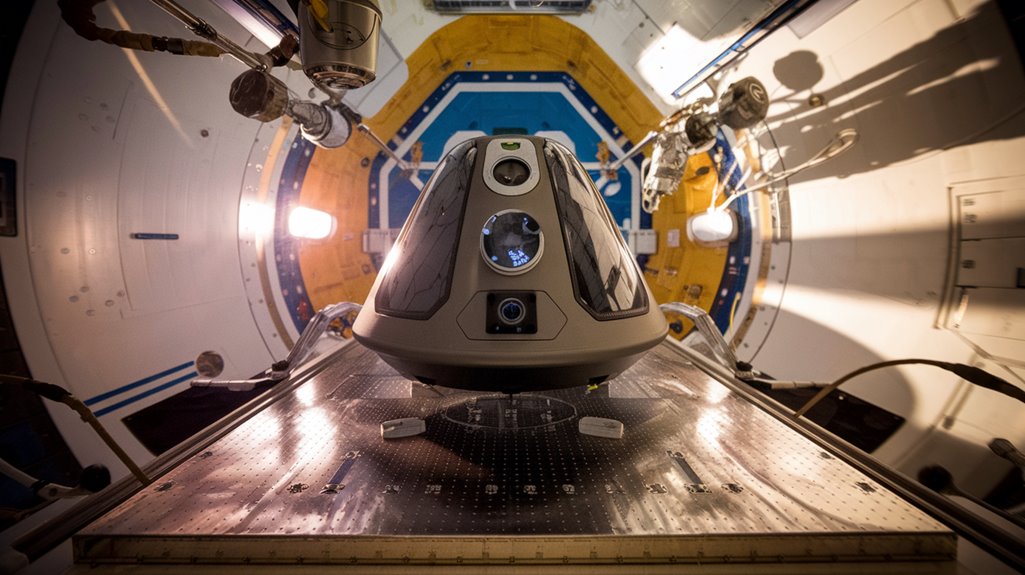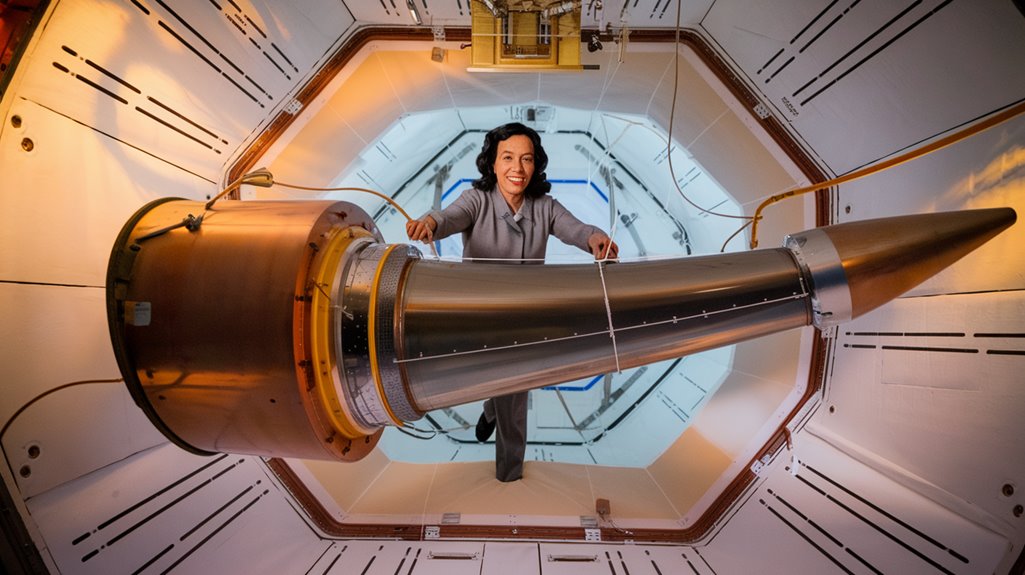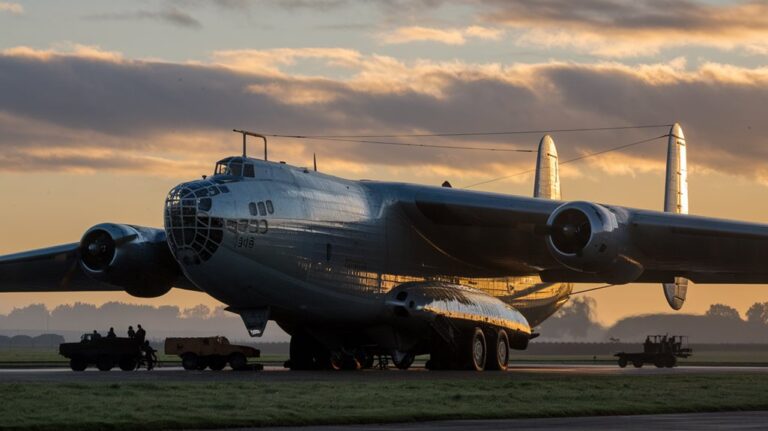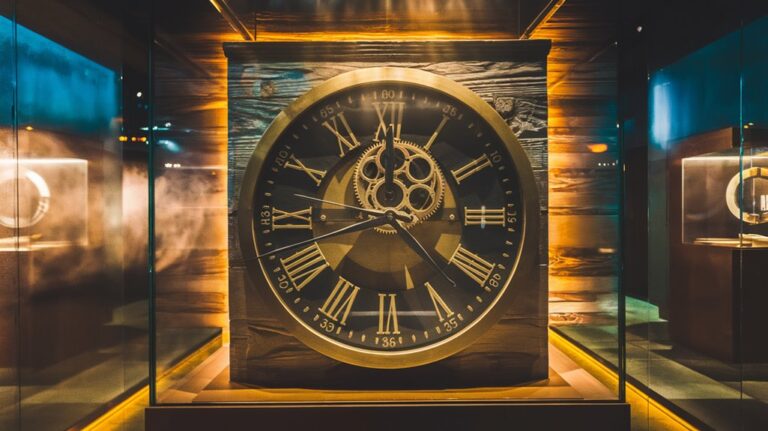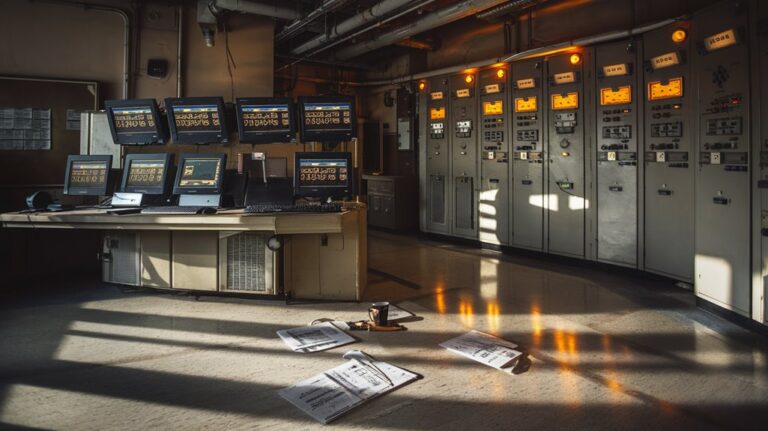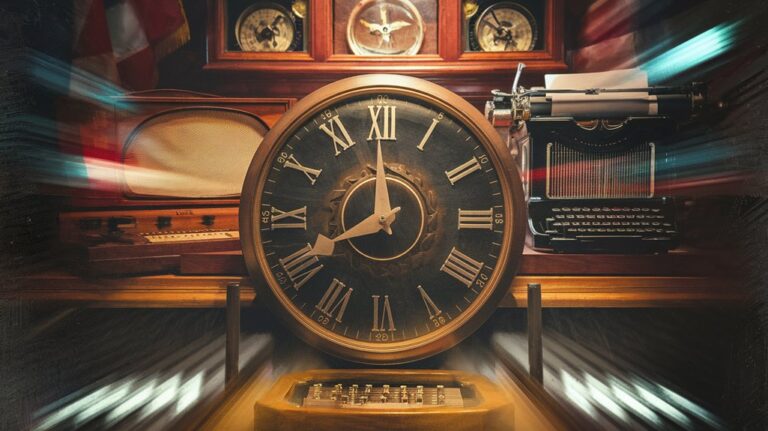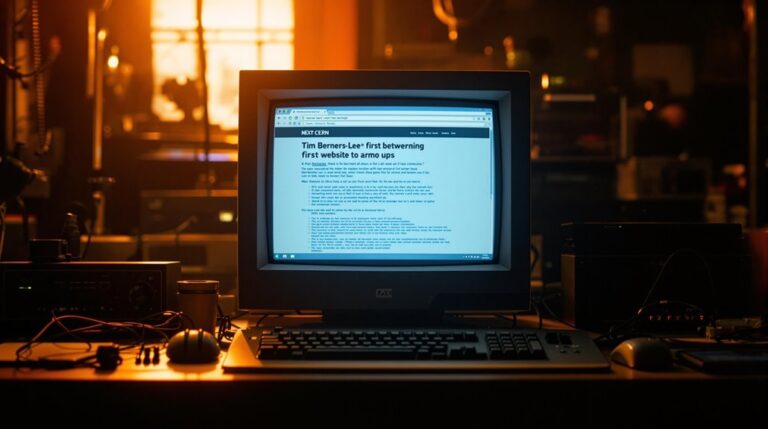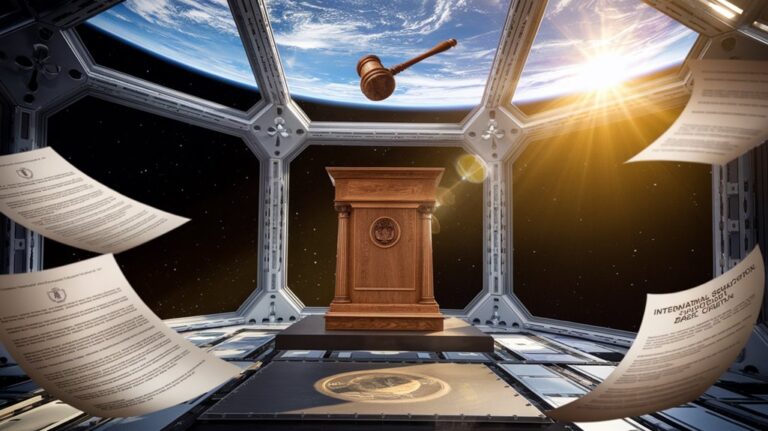The Day Ellen Ochoa’s Invention Was Tested in Zero Gravity
You've probably heard about many space "firsts," but here's one that changed how we operate in orbit. When Ellen Ochoa boarded the Space Shuttle Discovery in 1993, she wasn't just making history as the first Hispanic woman in space – she was about to put her own invention to the test. Her optical system technology would face the ultimate challenge: performing precision operations in zero gravity. What happened next transformed how we handle satellites in space.
The Pioneer Behind the Optical System
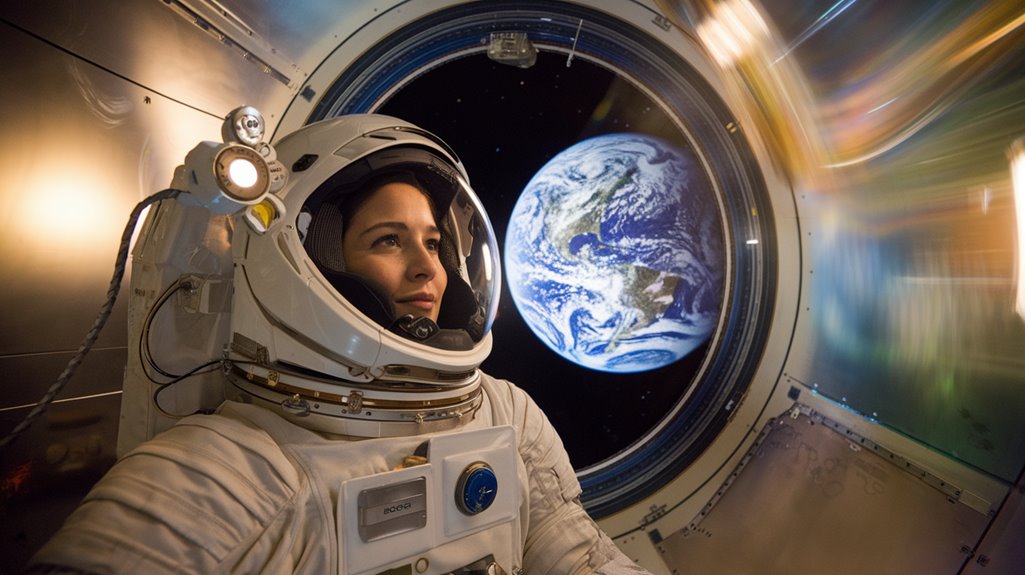
While many know Ellen Ochoa as the first Hispanic-American woman in space, her groundbreaking work in optical systems laid the foundation for her remarkable career.
You'll find her engineering breakthroughs reflected in three groundbreaking patents that revolutionized how we capture and analyze detailed imagery both in space and on Earth.
After earning her Ph.D. from Stanford, Ochoa's research at Sandia National Laboratories and NASA Ames Research Center sparked significant optical advancements.
During her undergraduate years at San Diego State University, she balanced her scientific pursuits with her passion as a classical flutist.
She led a team of 35 brilliant minds, pushing the boundaries of computational systems for aerospace missions.
Her innovative work in optical inspection systems and noise removal methods transformed automated space exploration capabilities.
These achievements, combined with her later roles as Deputy Director and Director of NASA's Johnson Space Center, showcase her profound impact on space technology development. Her dedication to STEM excellence is evident in her commitment to laser and hologram research for image processing.
A Groundbreaking Day Aboard Discovery
When Ellen Ochoa boarded the Space Shuttle Discovery on April 8, 1993, she made history as the first Hispanic woman to venture into space.
You'll find her nine-day mission packed with groundbreaking ozone research using the ATLAS laboratory in Discovery's payload bay. Working alongside an international collaboration of scientists from six countries, she helped operate the shuttle's robotic arm to deploy and retrieve the SPARTAN satellite, which gathered vital data about the sun's corona.
As part of NASA's "Mission to Planet Earth," Ochoa and her crew conducted various experiments while sharing their experiences with students through the SAREX project. Her achievements during this mission built upon her earlier success when she earned a patent for an optical device in 1987. After her successful first mission, she went on to complete three more spaceflights, accumulating over 40 days in space.
They even included an educational demonstration featuring a flute performance in zero gravity, making space exploration more relatable to young minds back on Earth.
Testing the Patent in Space
During her historic mission aboard Discovery, Ochoa put her patented optical system technology to the test. Her optical design proved invaluable when the crew needed to capture the Spartan satellite using the Remote Manipulator System.
You'll find it fascinating that this technology, originally developed at Sandia National Laboratory and NASA's Ames Research Center, helped overcome essential space challenges during the nine-day mission.
The invention's success extended beyond the Discovery mission, as it was later implemented on the International Space Station. You can see its impact in how astronauts now inspect and manipulate solar panels more effectively in microgravity conditions.
The technology's performance in space validated its potential for both orbital operations and Earth-based manufacturing, demonstrating why testing innovations in zero gravity is vital for advancement. Her expertise in optics led to three optical patents that revolutionized information processing systems.
Impact on Space Technology
Through her optical systems innovations, Ellen Ochoa revolutionized space technology with advancements that went far beyond basic imaging. Her optical advancements became fundamental tools for various space applications, from satellite deployment to atmospheric research.
You'll find her innovations' impact reflected in these key achievements:
- Enhanced inspection systems that detect defects in patterns, vital for spacecraft manufacturing.
- Advanced object recognition methods that help identify landing sites and space targets.
- Improved noise removal techniques that provide clearer images for space research.
- Integrated systems that support satellite deployment and retrieval operations.
These technologies have proven invaluable in missions like ATLAS and SPARTAN, contributing greatly to NASA's "Mission to Planet Earth" project. Her development of these systems during her time at NASA Ames Research Division laid the groundwork for modern space exploration technologies.
You can see her influence continuing in today's space exploration, where optical systems remain essential for data collection and analysis.
Legacy of Zero-Gravity Innovation
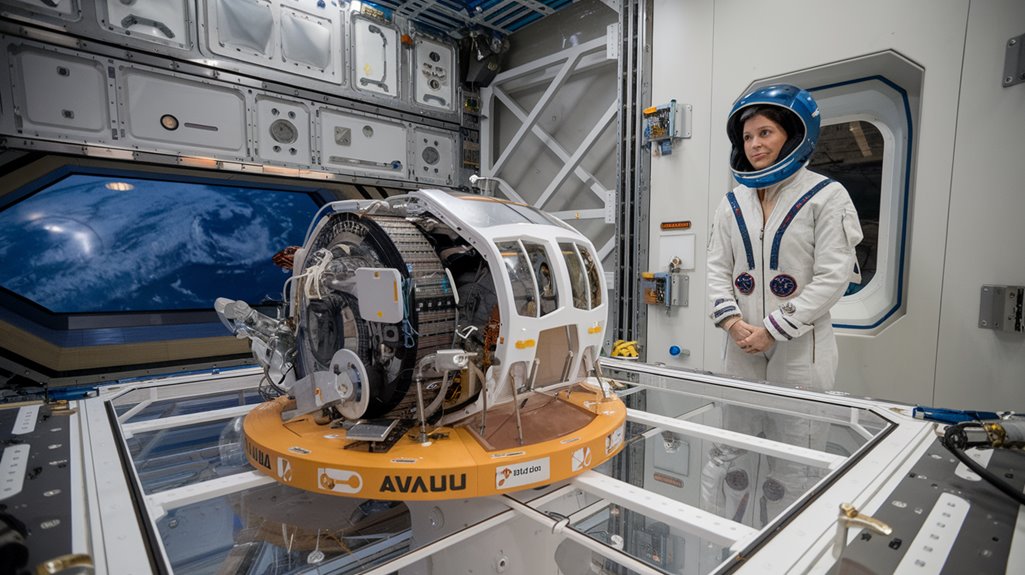
Innovation in zero gravity set Ellen Ochoa apart as a groundbreaking scientist and astronaut.
Her experiments required sustained concentration on complex procedures while working in microgravity conditions. You'll find her legacy most evident in the zero gravity applications she developed while combining her expertise in optical technology with space exploration. Her three patents in optical information processing have advanced how we inspect and process images in space. After earning degrees from Stanford University, she applied her physics and engineering knowledge to revolutionize optical systems.
During her four shuttle missions, she didn't just use these optical advancements – she refined them.
You can trace her influence through NASA's improved satellite retrieval systems and the enhanced methods for studying Earth's atmosphere. Her work measuring solar energy and atmospheric constituents still impacts how we conduct space research today.
As JSC's director and National Science Board chair, she's guaranteed her innovations continue shaping space exploration while inspiring future generations of scientists.

